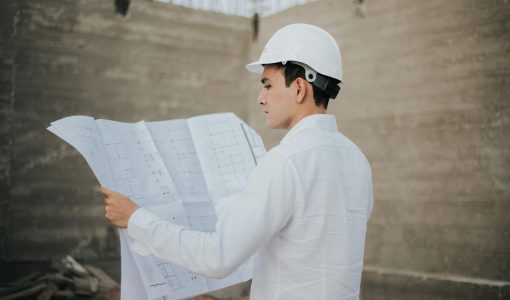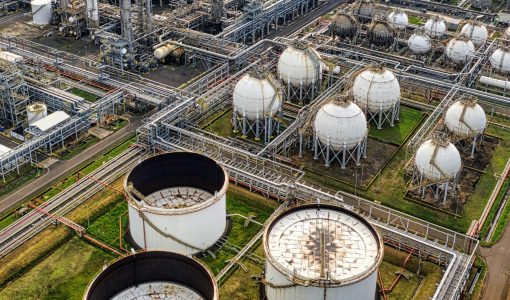SUPERVISION

Experienced Supervision
Scheduled inspections by experts are conducted on tanks with seals to assess their safety and efficiency.
Inspecting oil storage tanks is a crucial aspect of ensuring safety, environmental protection, and operational efficiency. These inspections are typically conducted at regular intervals, adhering to industry standards like API 653.
Key Responsibilities
- Pre-Installation Activities
- Installation Process
- Post-Installation Activities:
- Safety Oversight
- Quality Control
- Schedule Management
- Coordination
- Problem-Solving
- Documentation

More into Key Features of our Inspection process
Pre-Installation Activities:
- Site Preparation: Ensuring the site is clean, level, and free of obstructions.
- Material Inspection: Verifying the quality and quantity of materials delivered to the site.
- Equipment Check: Inspecting tools and equipment for proper functioning and safety.
- Reviewing Installation Plans: Ensuring that the installation plan aligns with design specifications and safety standards.
Installation Process:
- Roof Panel Installation: Monitoring the correct placement and alignment of roof panels.
- Sealant Application: Supervising the application of sealants to ensure proper adhesion and leak-tightness.
- Welding Operations: Overseeing welding activities, ensuring compliance with welding codes and standards.
- Bolt Tightening: Checking bolt torque to prevent loosening and ensure structural integrity.
- Electrical Installations: Inspecting the installation of electrical components, such as lighting and instrumentation.
Post-Installation Activities:
- Final Inspection: Conducting a thorough inspection of the completed roof, checking for any defects or deviations.
- Leak Testing: Supervising leak tests to ensure the roof’s integrity.
- Functional Testing: Verifying the functionality of all components, including drains, vents, and manholes.
- Documentation Completion: Finalizing all necessary documentation, including inspection reports and maintenance records.
Safety Oversight:
Prioritizing safety measures, ensuring adherence to safety protocols, and conducting regular safety inspections.
Quality Control:
Monitoring the quality of materials, workmanship, and adherence to design specifications.
Schedule Management:
Overseeing the project timeline, identifying potential delays, and implementing corrective actions.
Coordination:
Coordinating with various teams, including engineers, technicians, and contractors, to ensure smooth operations.
Problem-Solving:
Addressing any issues or challenges that may arise during the installation process.
Documentation:
Maintaining accurate records of the installation process, including inspections, tests, and maintenance logs.


